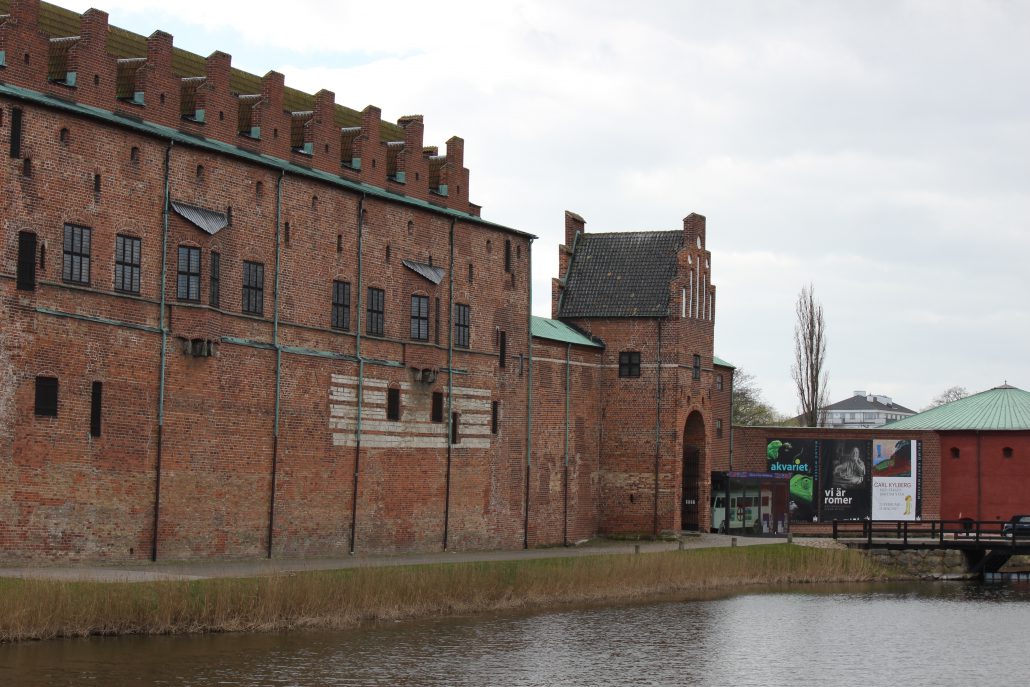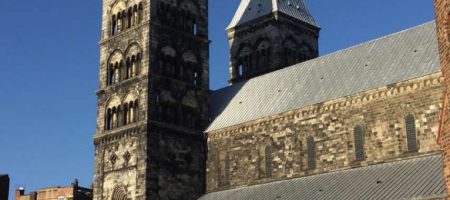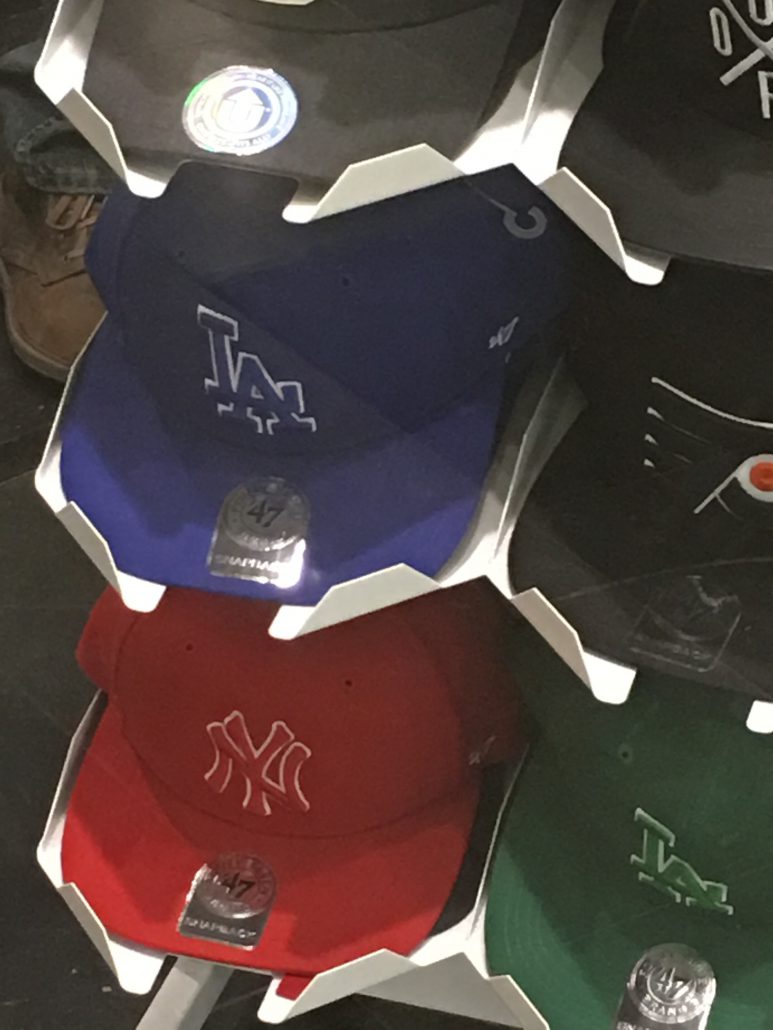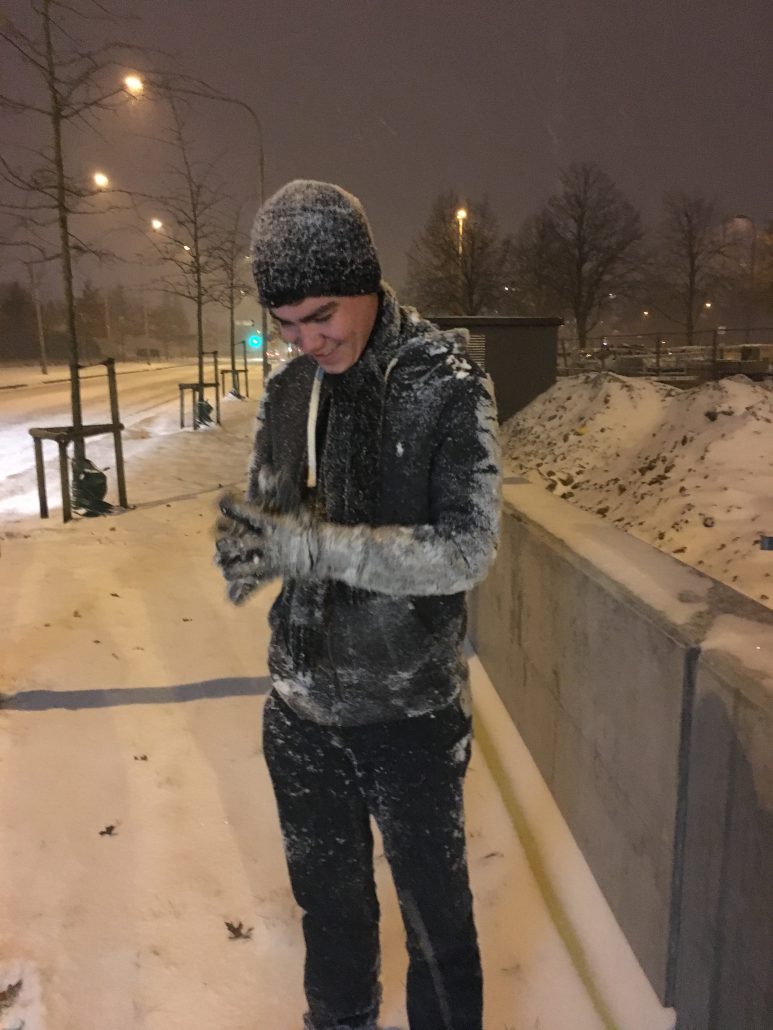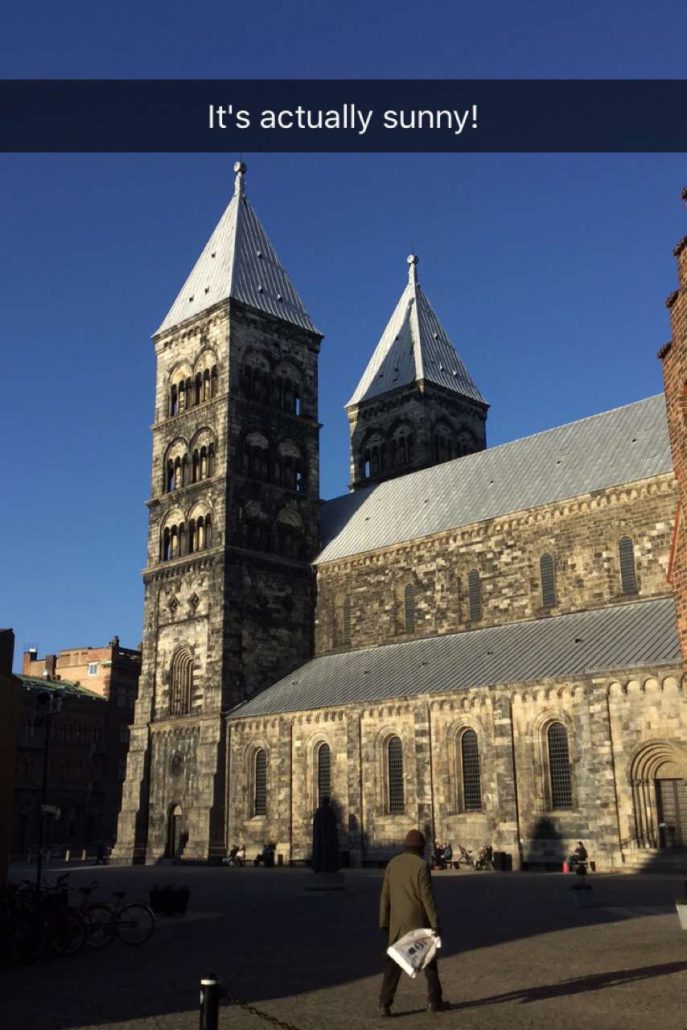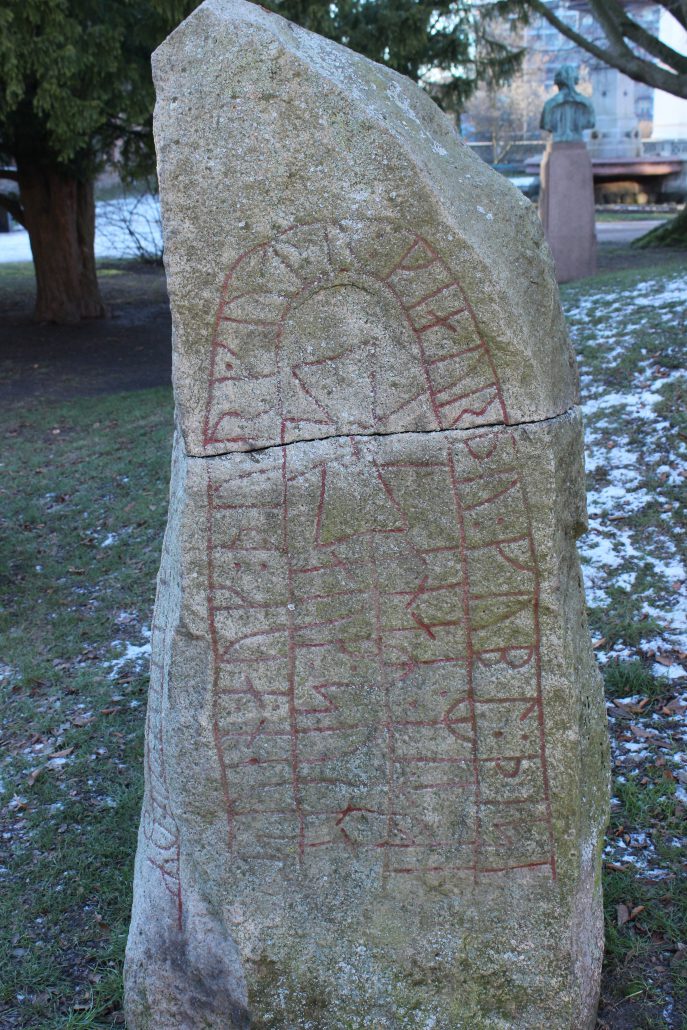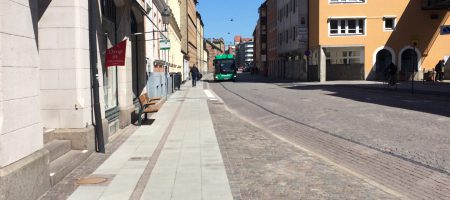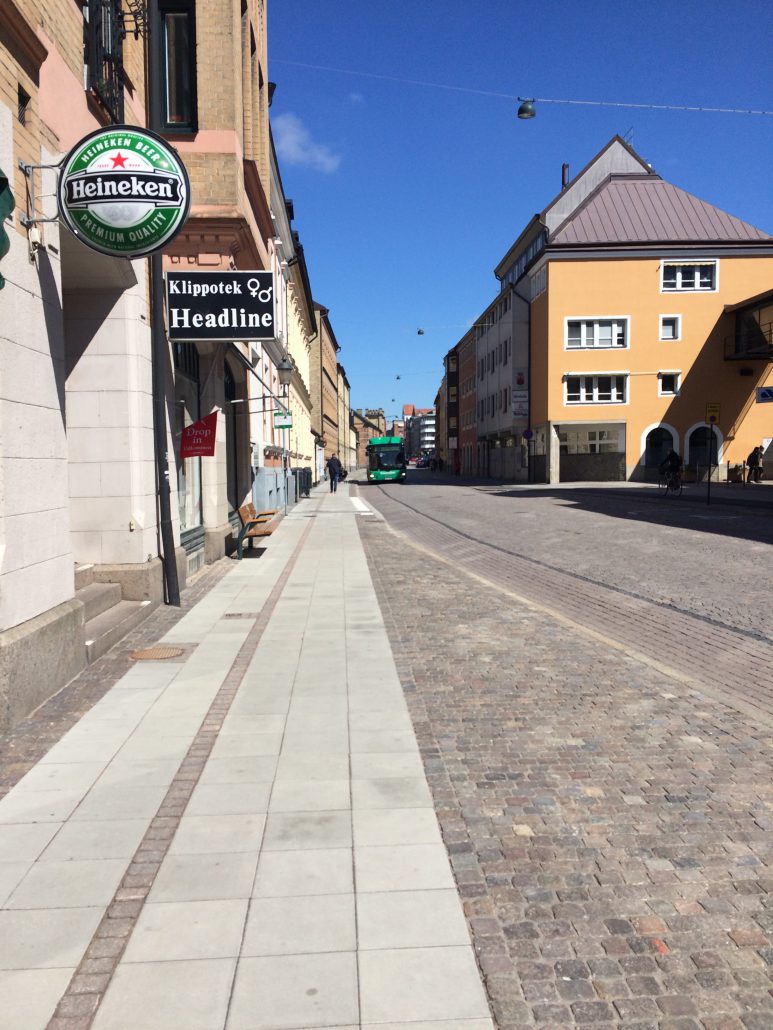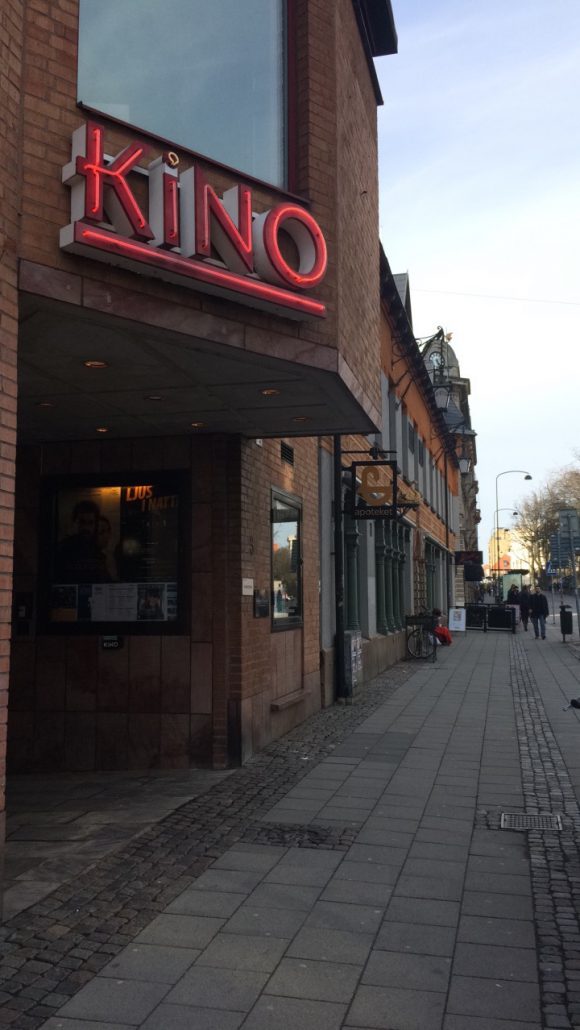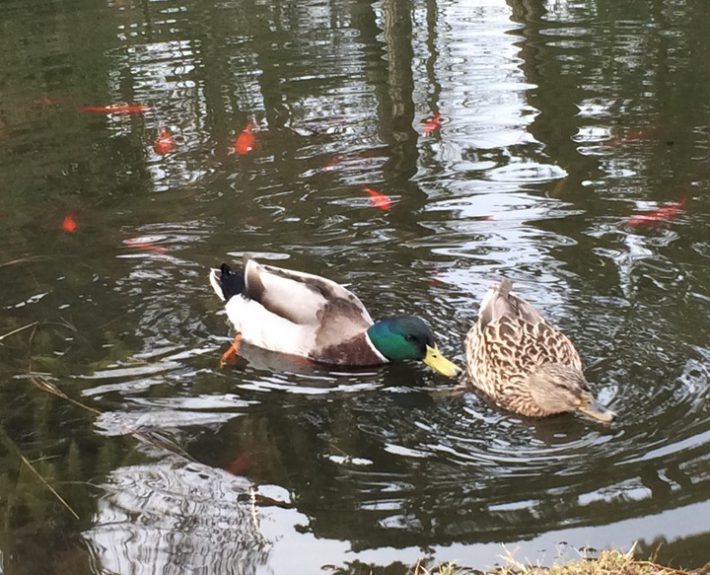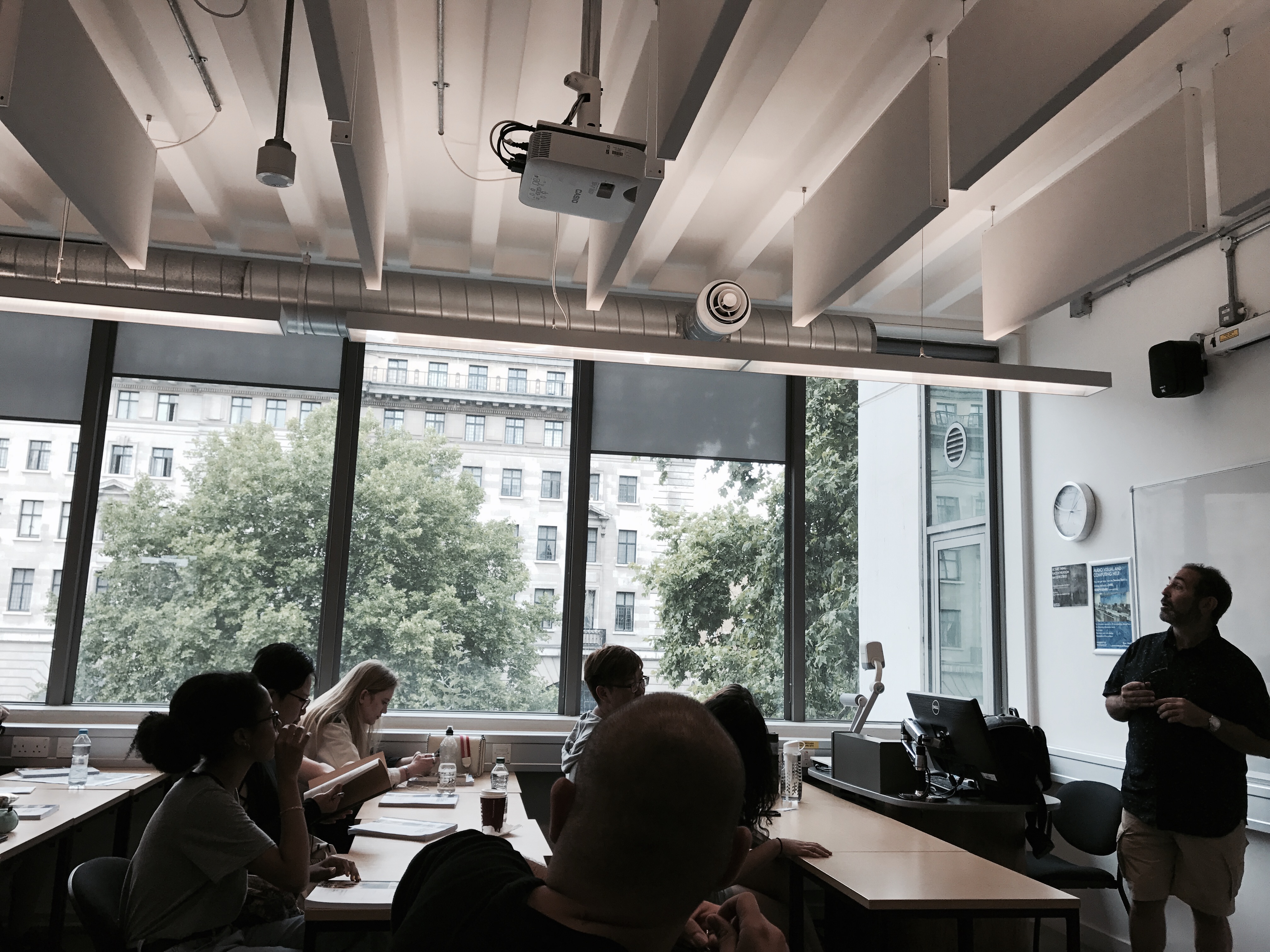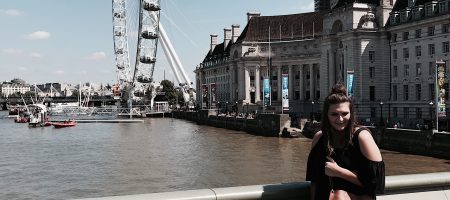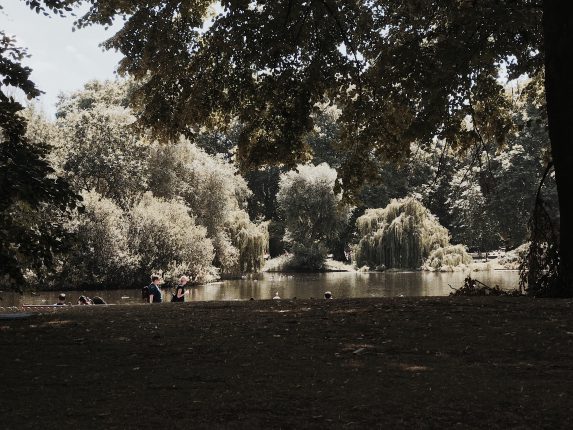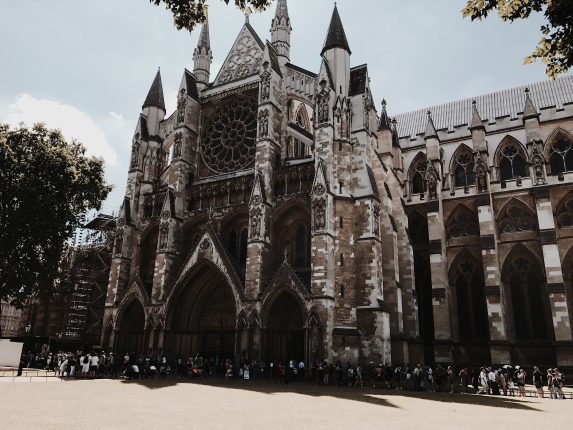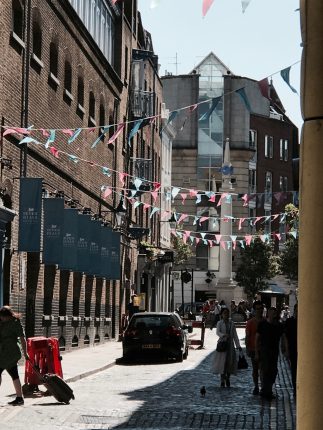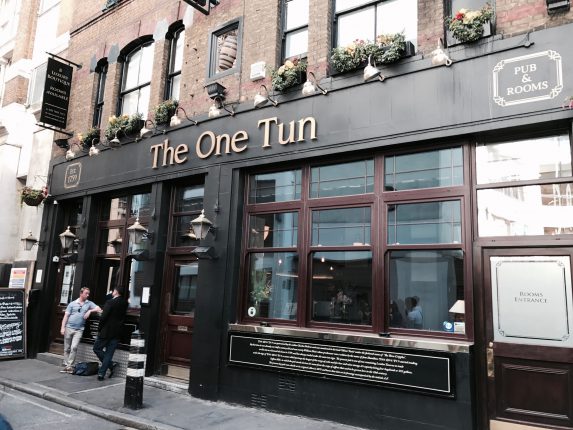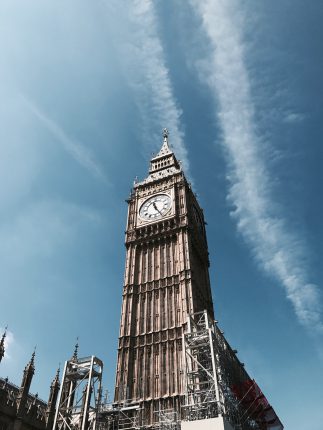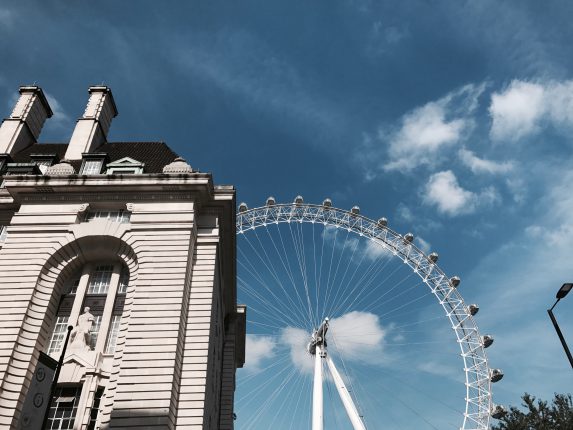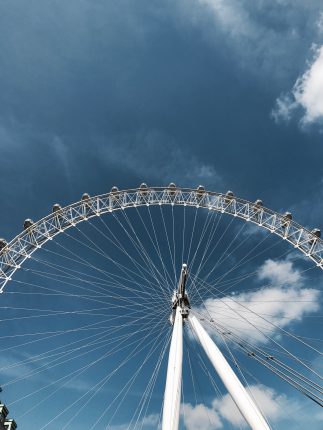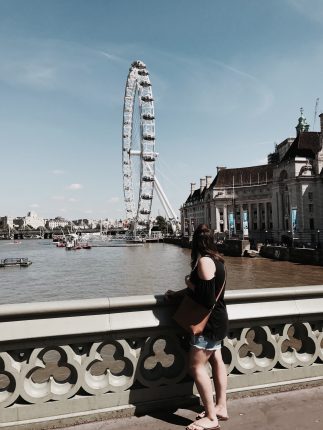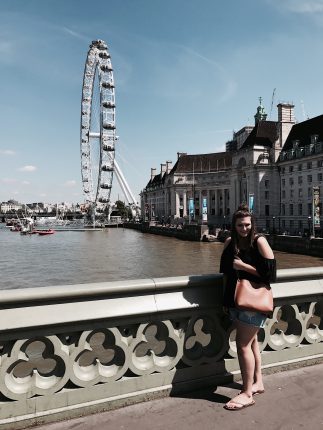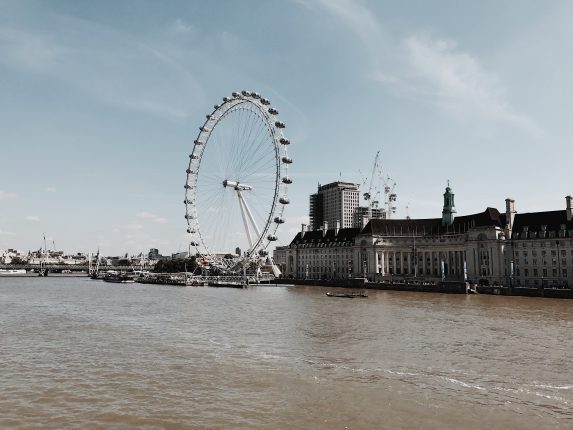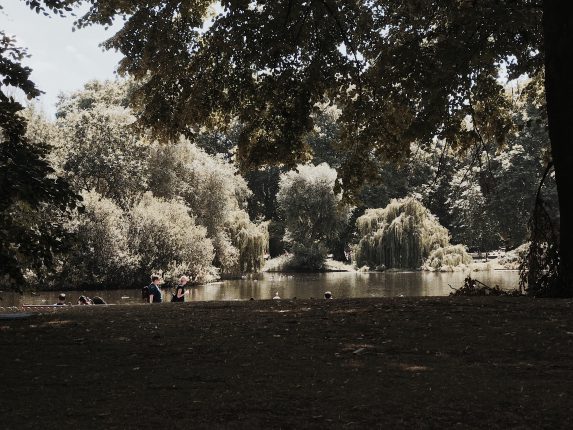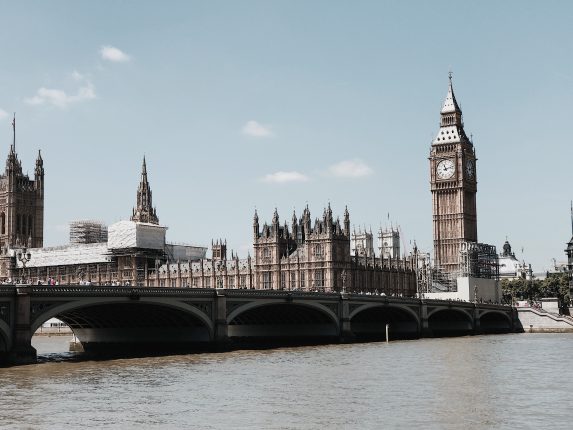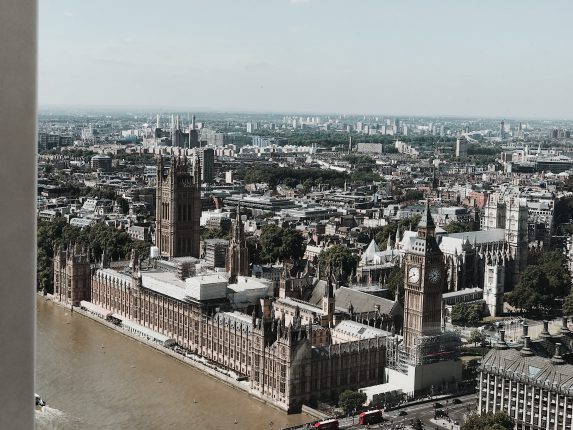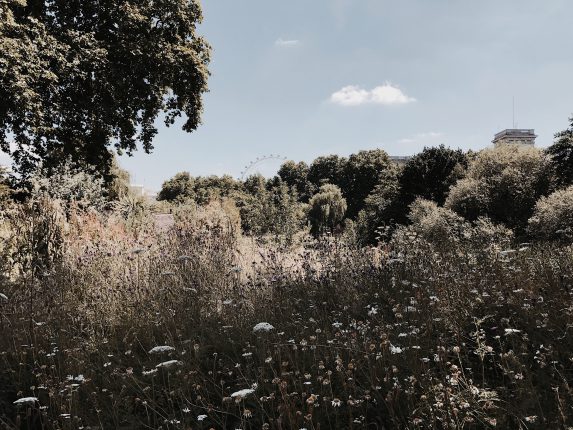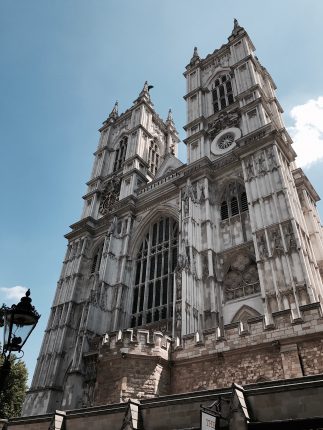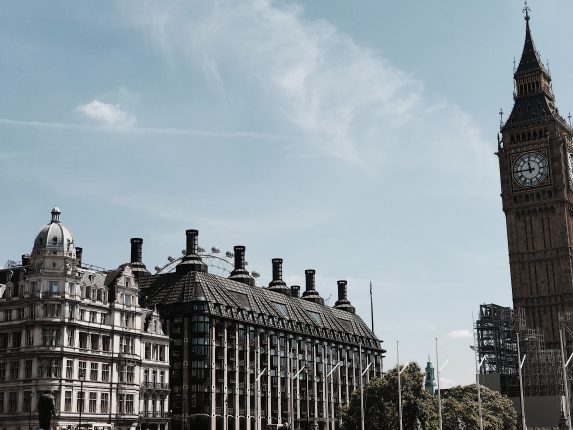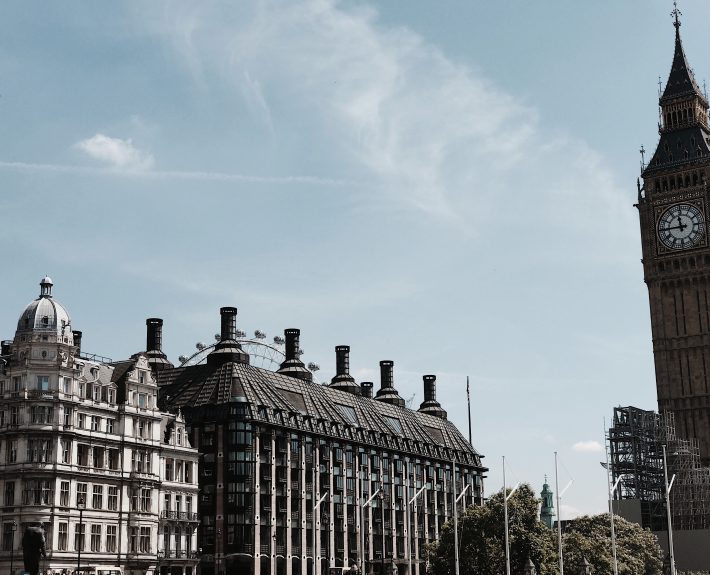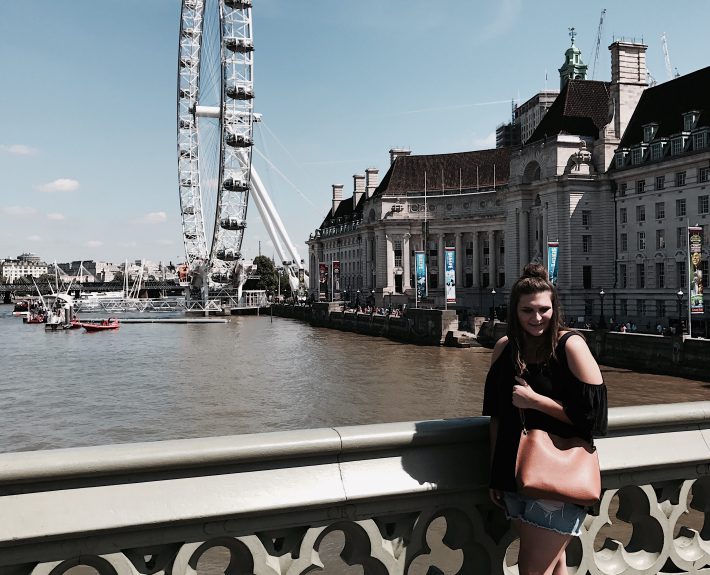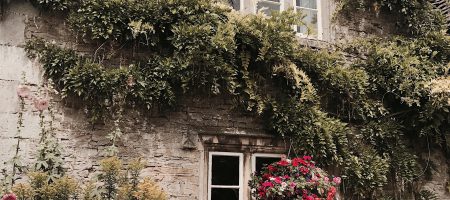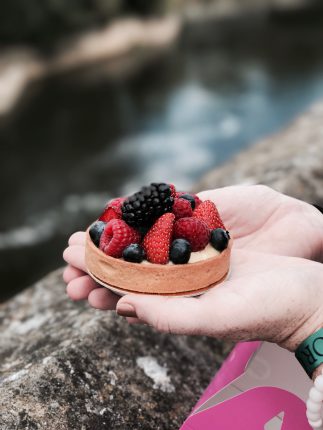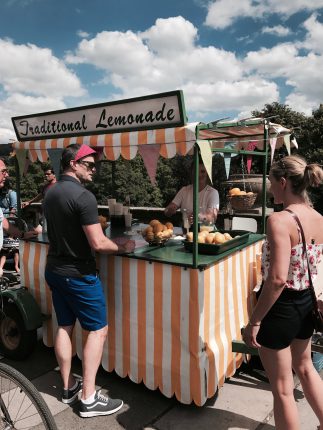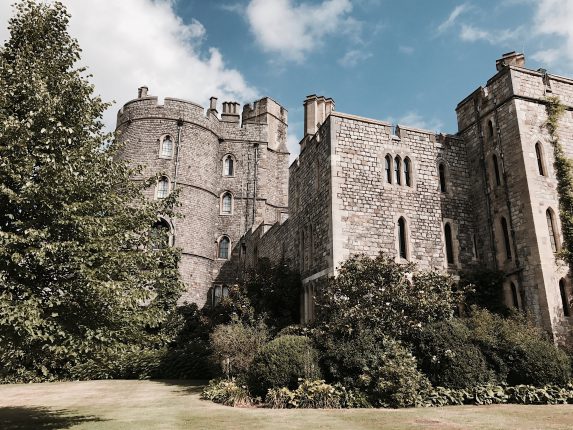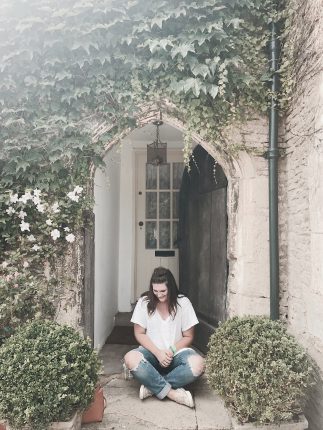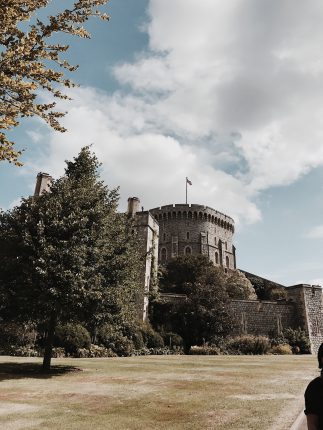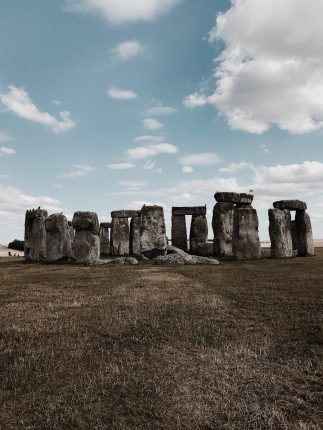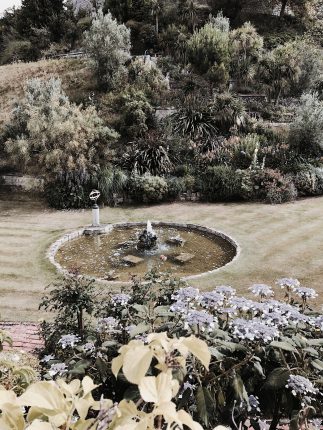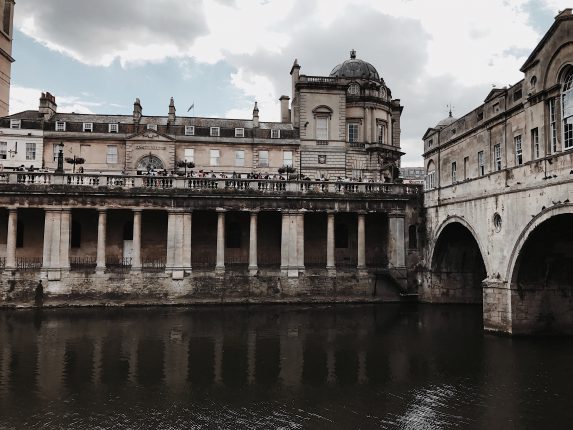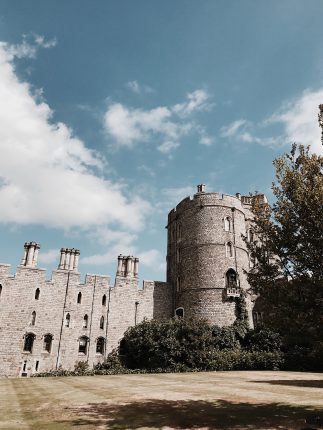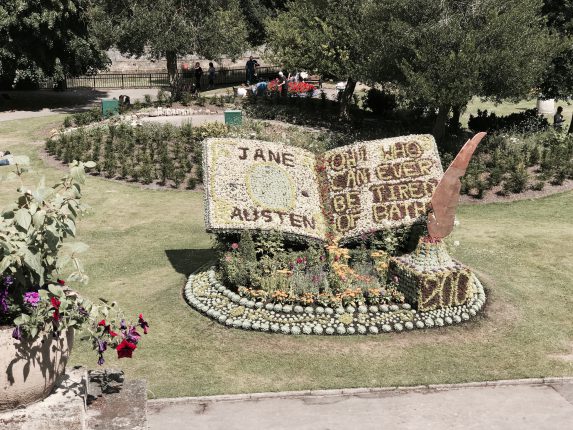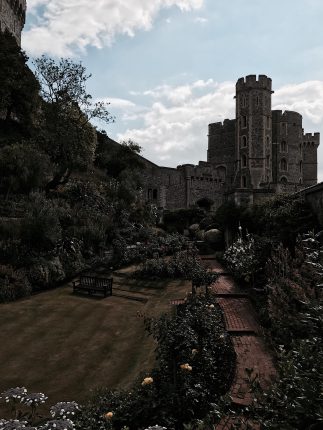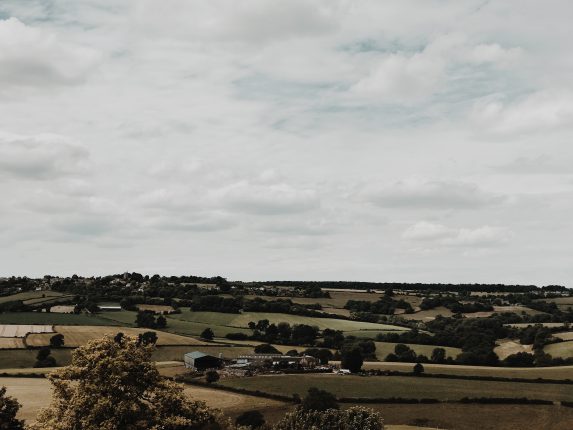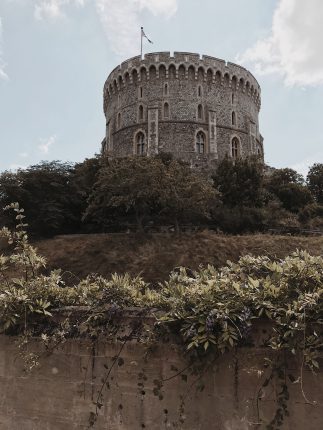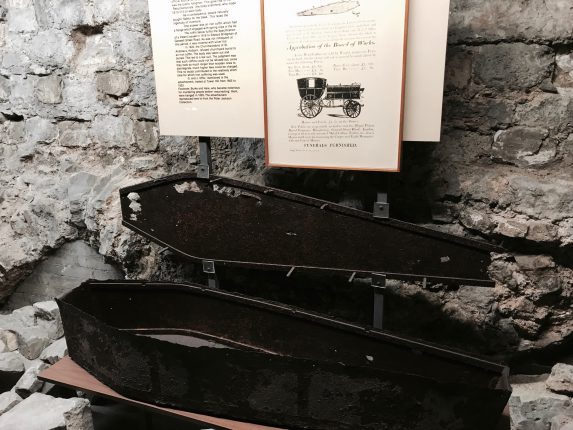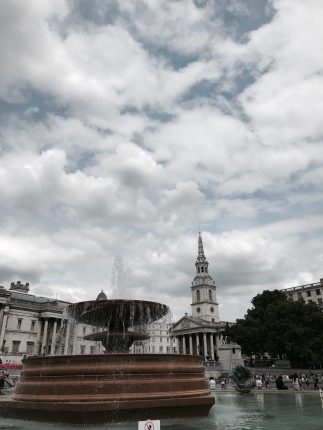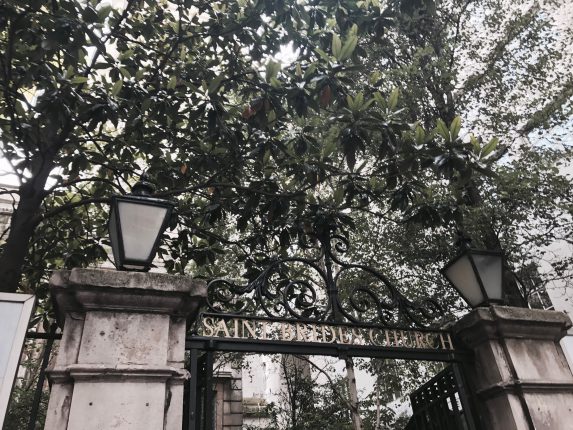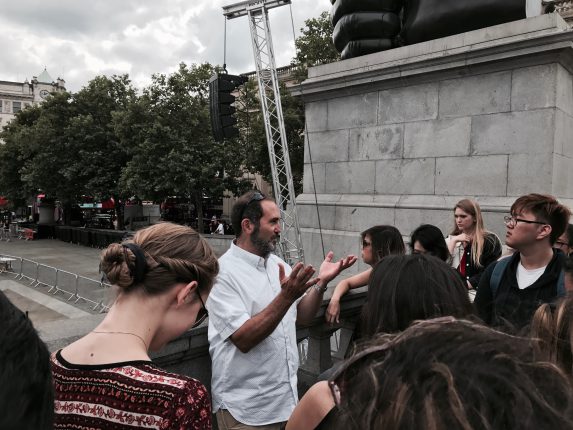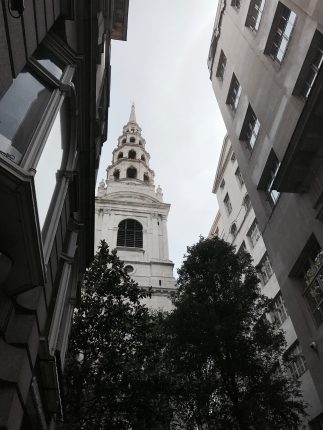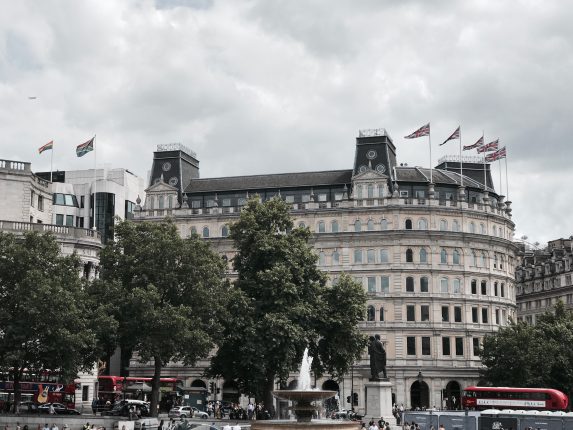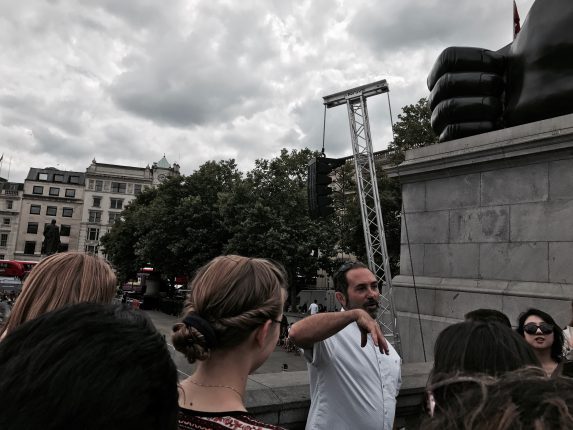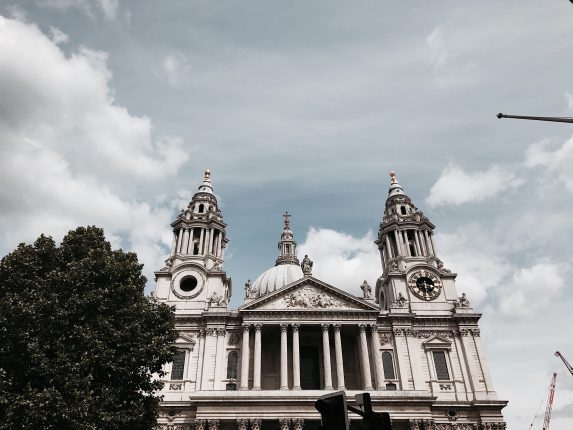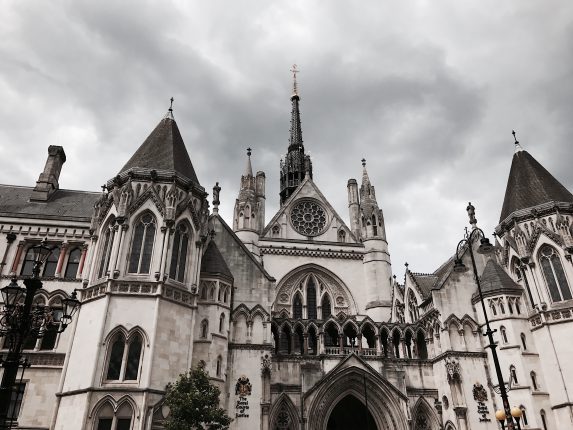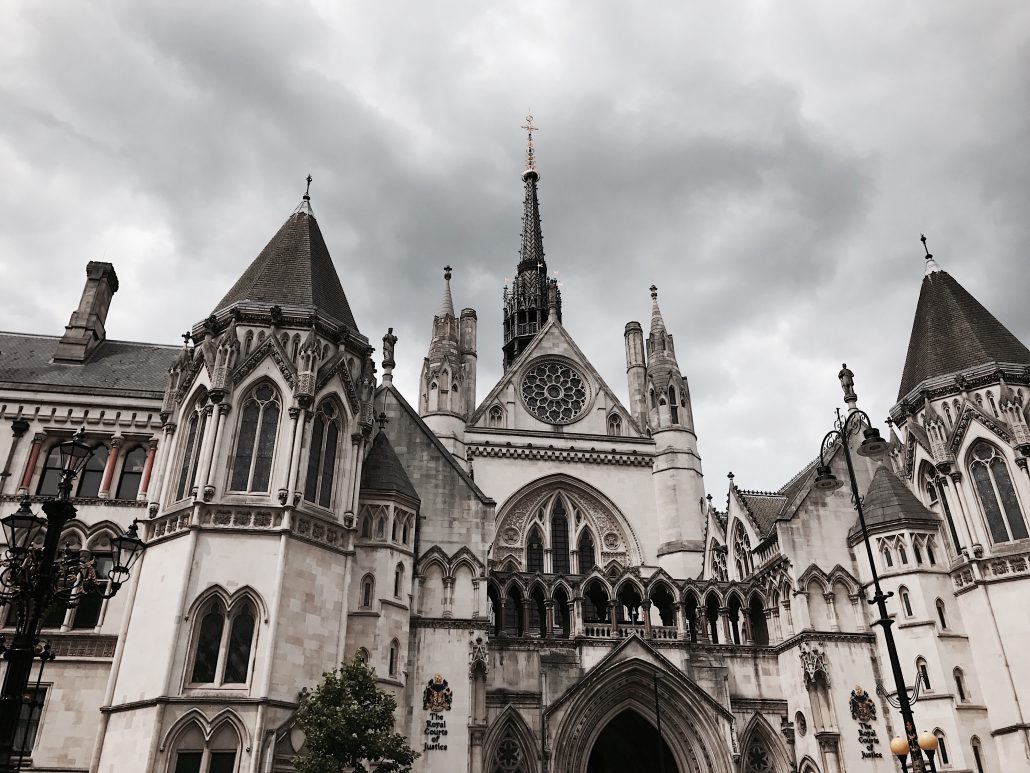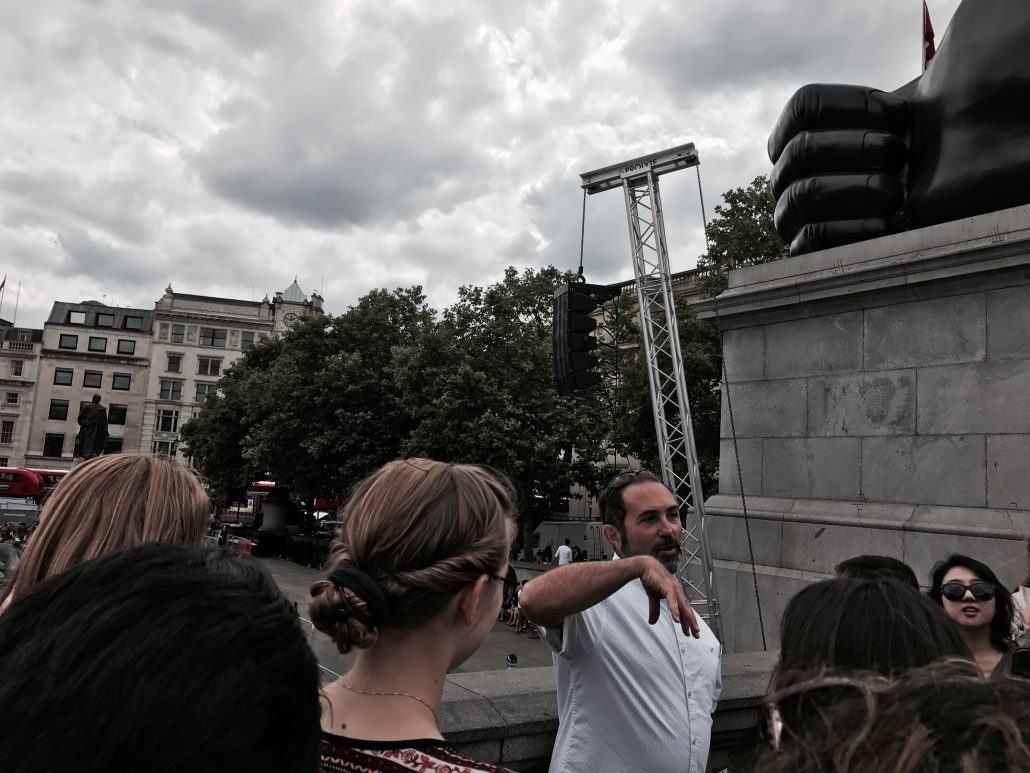Sweden | Visiting the Nation’s Capital
BY CHRISTINE PAHEL
How Do I Get There?
You have three options to get to Stockholm from your residence in Lund—train, bus, or airplane. You can easily find a flight to Stockholm from Copenhagen (about a 40-minute train ride away from Lund) or Malmö (about a 10 minute train ride away from Lund). If you choose not to fly, you can take the bus, which is the cheapest, but also longest way to travel to Stockholm Central Station. I chose to take the SJ Train from Lund Central Sation to Stockholm. On the SJ Train, you can choose to take the day or night train. While the night train takes longer, you have the option of staying in a sleeping car. I chose to stay in a sleeping car because the ticket is not significantly more expensive and saves you a night at an Airbnb or hotel. Keep in mind, the train arrives around 06:00, so if you are not an early riser, this is not for you.
Things to Do:
Take a Boat Tour Around the Archipelago
Stockholm offers many boat and canal tours during the late spring and summer months. During the winter, these tours are limited, but it is still possible to find one or two still running. I highly recommend taking a boat around Stockholm. Stockholm consists of a series of islands, so the only way to grasp its full beauty is to explore it by boat. Many of the smaller islands are only accessible by boat.
Explore the Why the Vasa Sank at the Vasa Museum
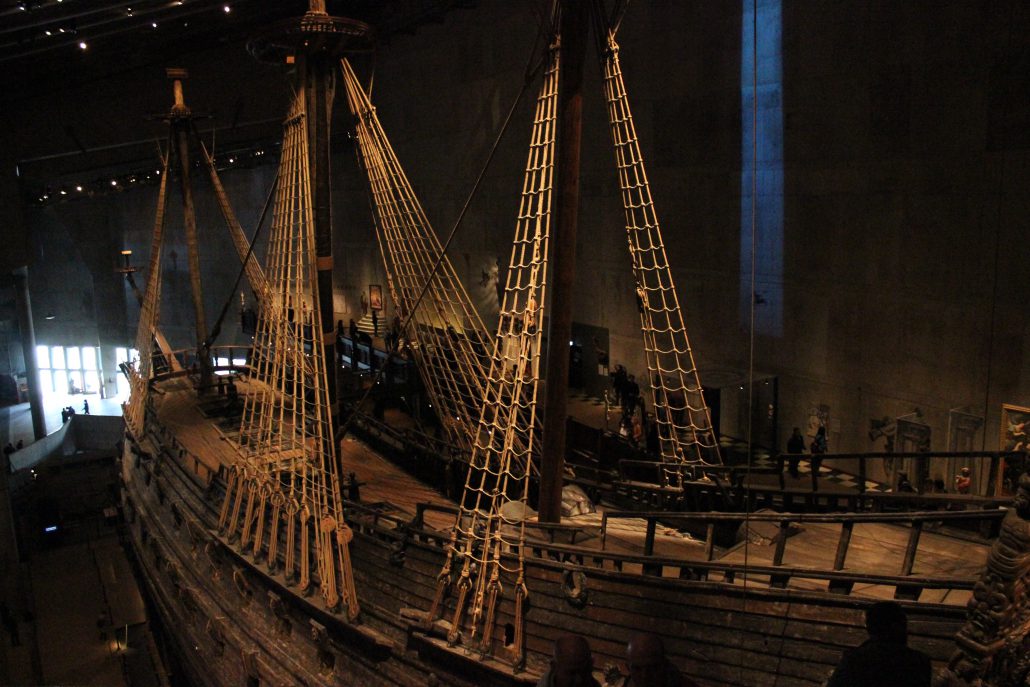
The Vasa was a well adorned Swedish warship that sank during its maiden voyage. The brackish waters around Sweden kept the ship well preserved even though it is nearly 400 years old. It is one of the top places to visit in Stockholm, and there is no question why. You can see the intricate carvings of figurines around the ship’s hull, see pieces of the sails that are still intact, and read about the lives of the passengers that were lost when the ship sunk. The museum is several stories tall, so you can see the ship from all angles.
Visit Storkyrkan (The Great Church)
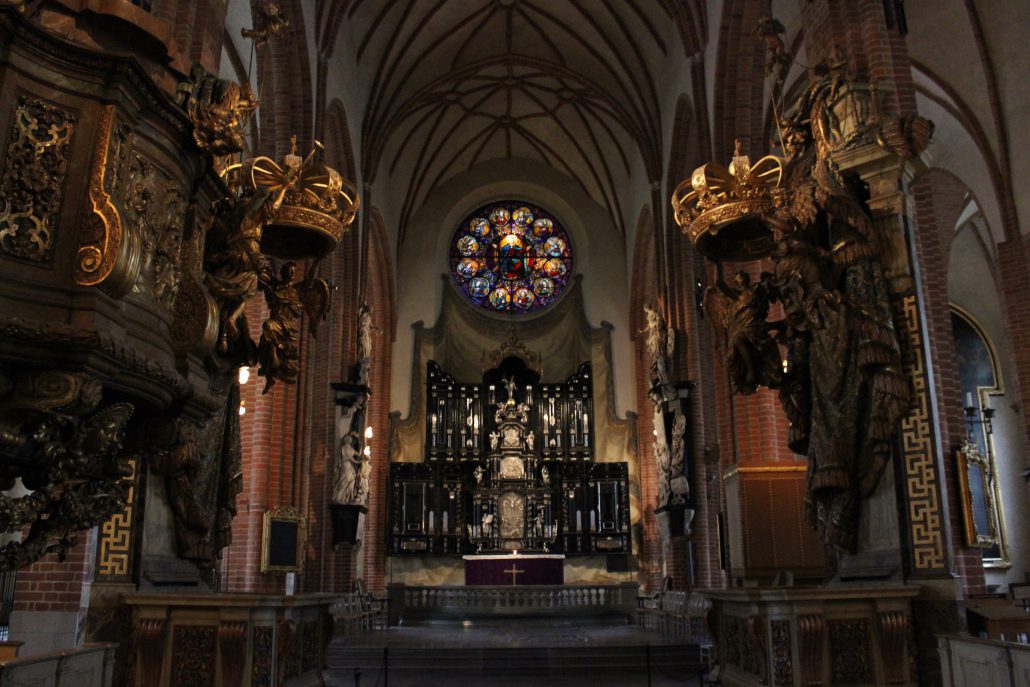
Although admittedly unimpressive on the outside, Storkyrkan is breathtaking once you go inside. Some areas are only for silent prayer and reflection. So if you are going in just to sightsee, be mindful of what section you are in.
Walk Through the Royal Palace
Stockholm’s Royal Palace is home to a seemingly endless number of ornately decorated rooms. Each room is adorned with antique furniture, royal portraits, and artfully done architecture. Don’t forget to look up! Many of the ceilings have murals, and some of them even have Greco-Roman sculptures incorporated into them. If you’re lucky, you might even catch the changing of the guard. During the ceremonial changing of the guard, the military’s marching band plays, and there is a parade. The entire procession can last up to 40 minutes, so if you come during the early afternoon, you should be able to catch at least part of it. Check the times of the changing of the guard before heading to the Royal Palace because it can be quite difficult to see if you don’t find a good area before the crowds start forming.
Explore the World Without Sight in the Invisible Museum
The Invisible Museum is something I highly recommend to all travelers. The Invisible Museum is dedicated to help the general population better understand what is it like to lose part or all of your sight. The tour starts by using a typewriter-like device to spell your name in Braille. Next, you are lead into a pitch black room. After you start, you can’t any sources of light. But don’t worry, you’ll have a tour guide to lead you around so you don’t get lost. Throughout the course of the tour, you’ll go through several simulations of daily life, like walking through a house, ordering food, or crossing a street—all while being unable to use your vision at all. After the tour in the dark is finished, you can put on a blindfold and try to do different puzzles and board games that are adapted for blind people. This museum is truly amazing for starting to understand what its like to live without your sight. Please note: if you don’t speak Swedish, you’ll have to book a tour in advance to have it in English.
Learn About Sweden’s War-Filled Past at the Army Museum
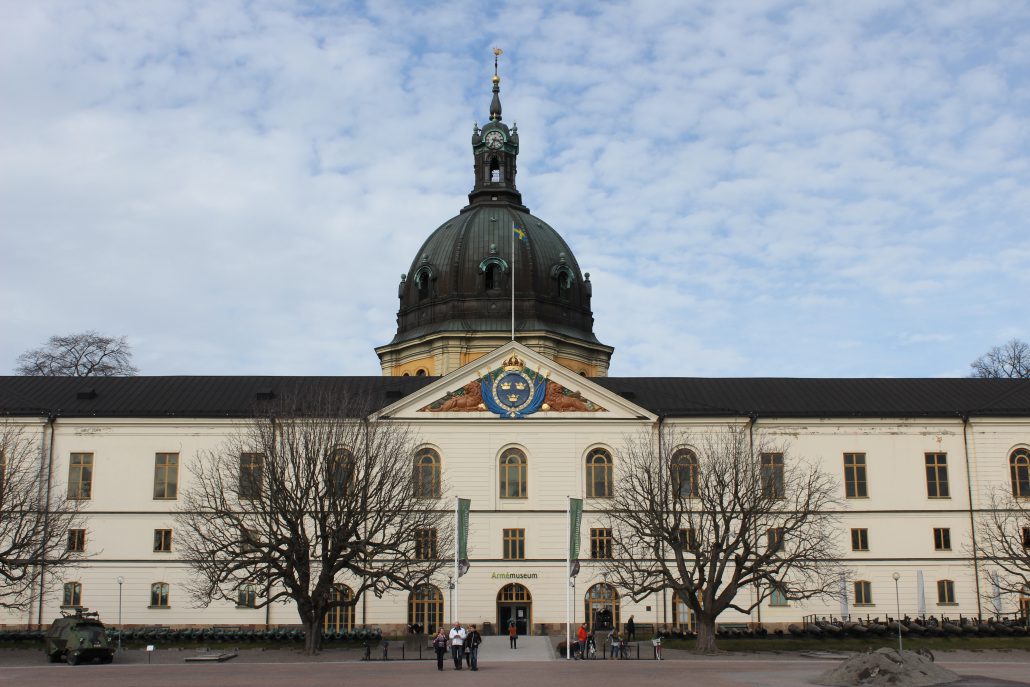
If you are a war-buff or love weaponry, this is the museum for you. Although modern Sweden is known for being a peaceful and neutral nation, its past was filled with various wars between the Nordic countries and Russia. This museum contains various wartime artifacts from before the 17th century to present day. At the beginning of the museum, you can explore the expansion and restriction of the Swedish kingdom. You can see firsthand the medieval flags and banners that soldiers risked their lives to protect. Eventually, you enter the 20th century, when Sweden officially proclaimed it was “neutral.” However, this did not stop the state from being well prepared in case of war, especially during the Second World War. The museum ends with a collection of present-day guns, including some (of course unloaded) ones that you can touch and hold.
Experience Nordic Culture in the Nordic Museum
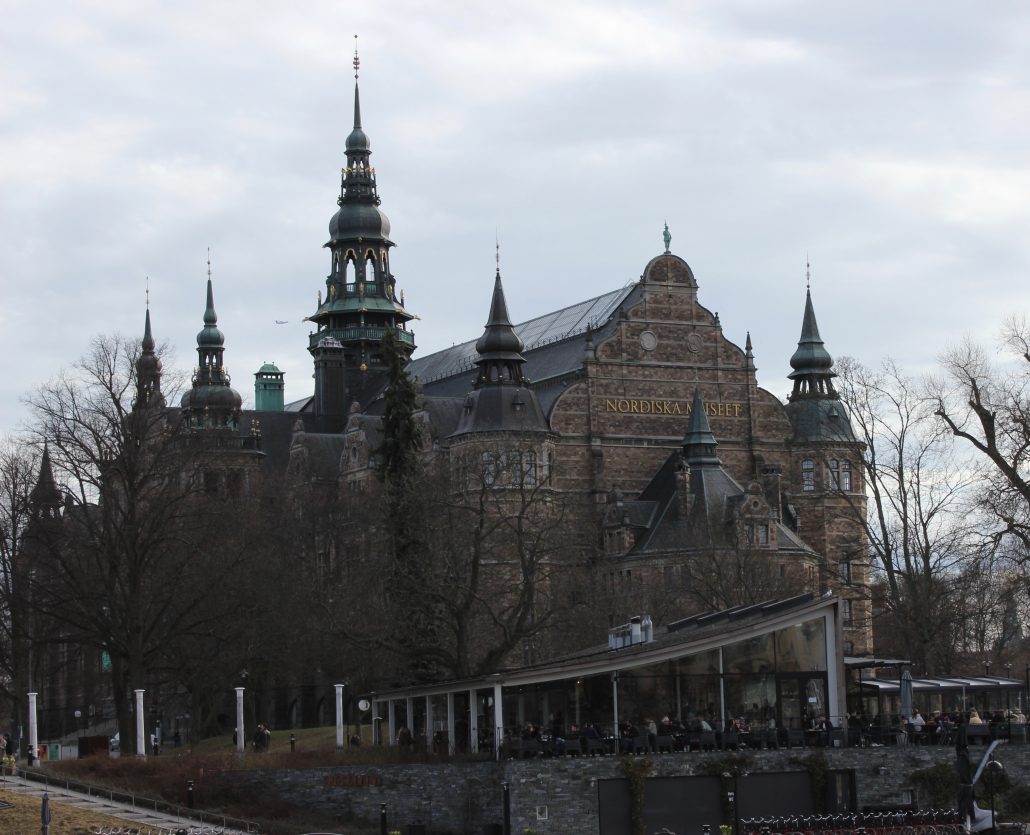
The Nordic Museum is perfect for those who want to immerse themselves in Nordic culture—both past and present. The museum has a collection of Nordic clothing, toys, and furniture. Additionally, you can learn about how table settings have evolved based on both time period and occasion. The museum also has a temporary display. When I visited, it was a simulation of the Northern Lights, which you can see from the Northernmost Nordic regions.
See the Whole City at Skyview
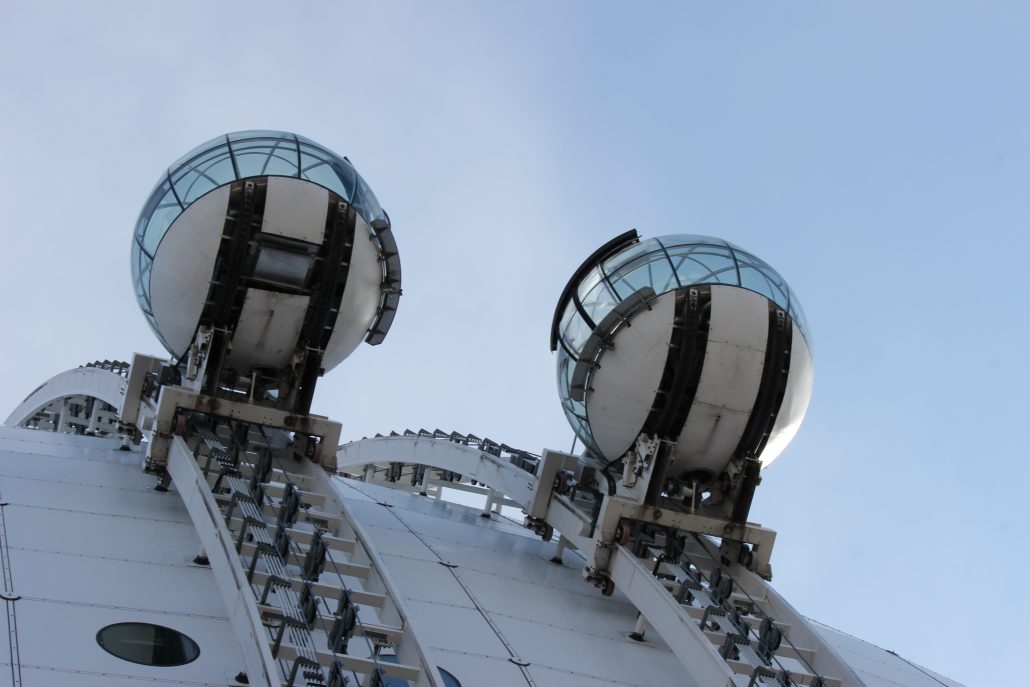
Skyview is located at the Ericsson globe— the largest spherical building in the world. Once there, you can go in one of two spherical pods that travel to the top of the globe. These pods offer panoramic views of the city, so if you want to see Stockholm from a bird’s eye view—this is the best place to go.
Christine Pahel studied abroad in Lund, Sweden, in Spring 2017: http://eap.ucop.edu/OurPrograms/sweden/Pages/lund_univ.aspx



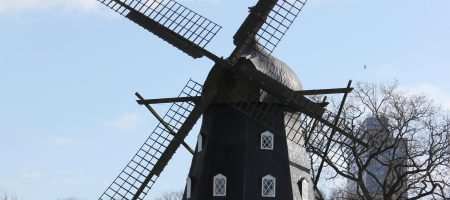
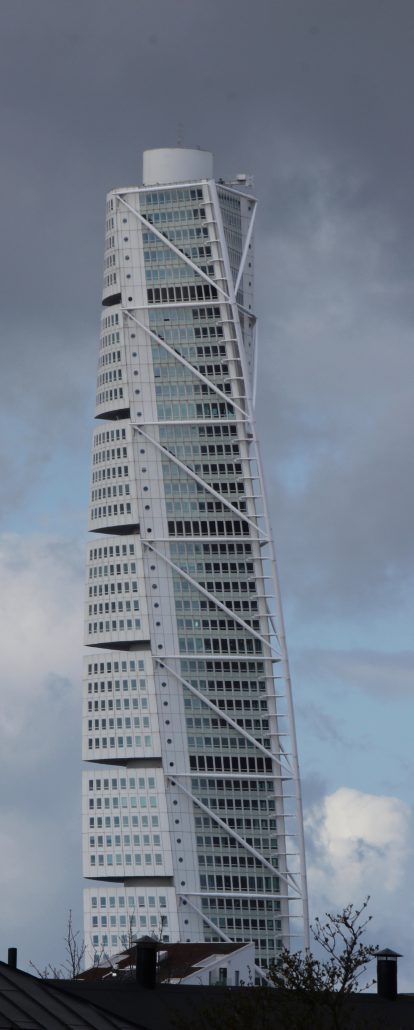
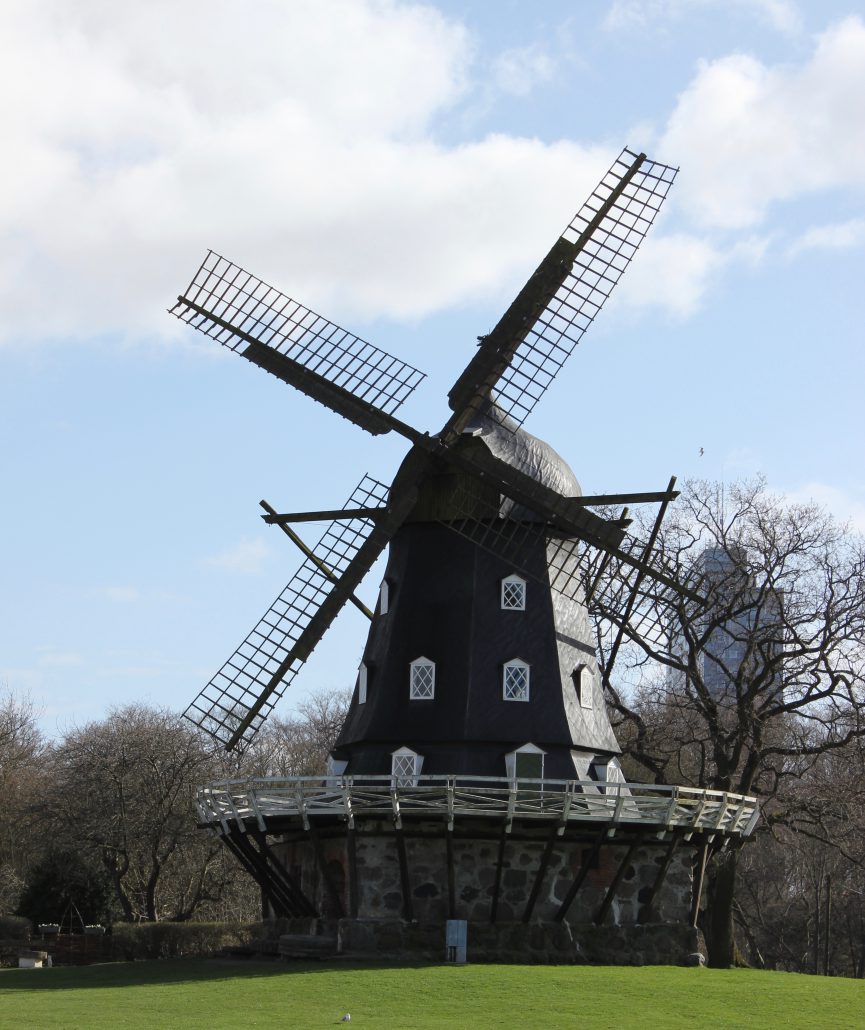 Shop at IKEA
Shop at IKEA